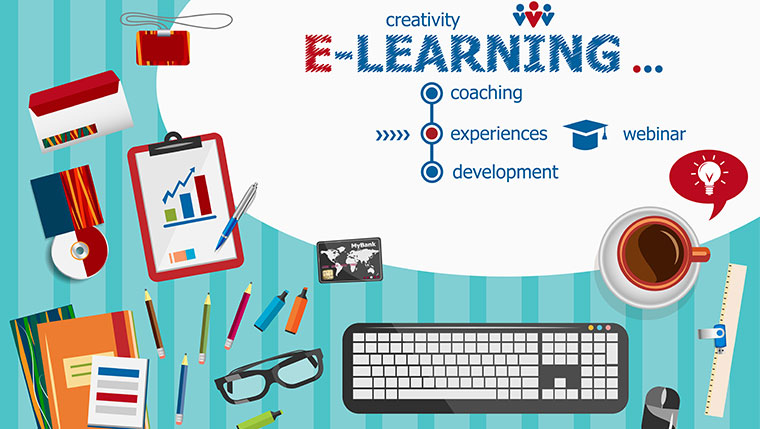7 Tips to Design Better E-learning Courses

The most important part of any eLearning course is the design phase. Most often the content of the course is considered the most important aspect of instructional design; however, presentation styles are also essential. Thus, designing visually appealing and eye-catchy course is the primary objective for developing any eLearning course.
→ Download eBook- Making a Business Case for eLearning [eBook]
There are a few principles that all eLearning professionals must be aware of while designing and developing online courses. They are:
1. Keep it simple and uniform
The first and foremost thing is to keep in mind that the course has to be simple and easy to follow. Decide on simple content and design that you want to include. Make sure that you use the same type of fonts throughout the course to maintain uniformity in presentation.
2. Include content that learners can relate to
One of the most important means to motivate learners is to show relevancy. Learners should be able to relate content and understand how to apply the knowledge gained in their daily practice.
3. Organize and integrate new information
The mind has the limited ability to select, organize and store information. The designers must use a combination of visual and auditory techniques, must use bold text and italics to pick out the most important information and display only important text onscreen.
4. Allow knowledge to pass into long-term memory
As the brain is both rational and emotional, it is important for designers to use instructional design strategies to create a balance between these two elements. Too little emotion affects learning. The goal is to achieve a delicate balance between the two elements. Adding empathy and fun to the courses will increase and enhance learning and allow the knowledge to pass into longer-term memory.

eLearning Trends for 2024
Seal the Deal with Success
- Training Formats for Upskilling and Reskilling
- Popular AI Tools for L&D
- Mastering the New-Age Learning Formats
- And More!
5. Use stories to remember
Help the learners to remember and understand the content through stories, scenarios or case studies. Extensive information must be divided into smaller chunks, which add a lot of meaning to learning. These help to organize, remember, and weave the content together.
6. Avoid stress and fear while learning
Make sure that the content you are teaching should be challenging but not frustrating or stressful. To achieve this, instructional designers must add a lot of positive emotions, which significantly influence the learning strategies. In a study, Professor Frank Thissen, a Multimedia Didactics and Intercultural Communication at the University of Applied Sciences in Stuttgart, Germany explained that positive emotions tend to help us remember more complex things.
7. Plan your course for a shorter duration
A new research from Maureen Murphy at the University of North Texas (UNT) suggests that the shorter the duration the more effective the courses will be. This finding aligns with fundamental instructional design principles, which emphasize that breaking information into shorter chunks helps learners retain more and for longer periods. Designers must add an interactivity session every 5 minutes into the course for effective learning.
If all eLearning professionals understand these principles and use them while designing their courses they’ll create more effective online courses.





